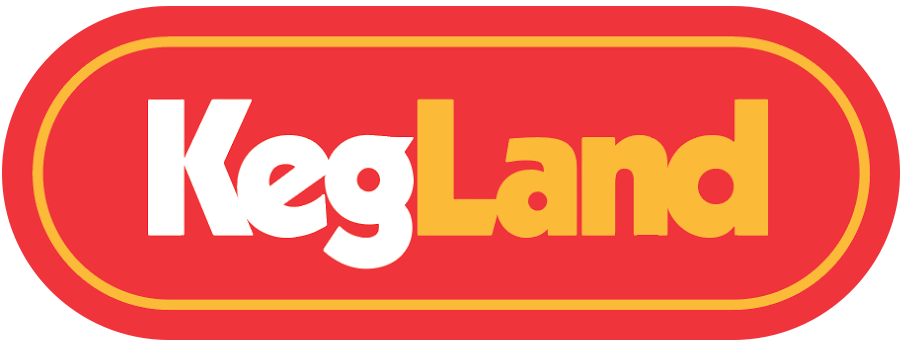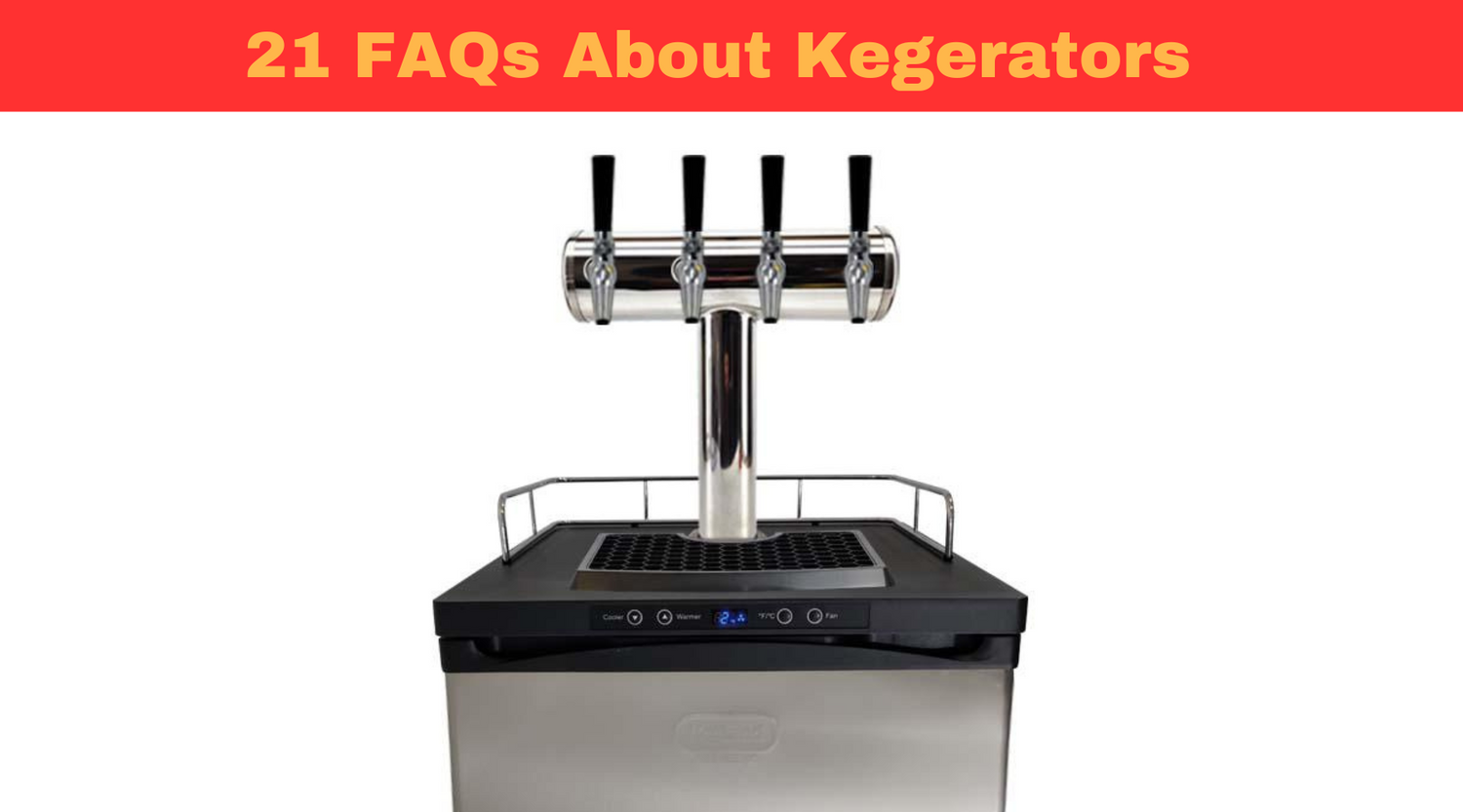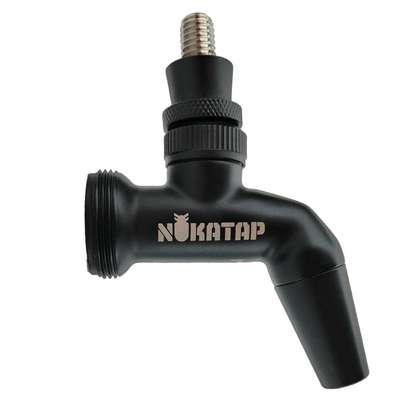Introduction
*Updated for 2024!*
Are you considering investing in a kegerator but have some burning questions? Look no further! In this comprehensive blog post, we will address 21 frequently asked questions (FAQs) about kegerators.
Whether you're a beer enthusiast, a homebrewer, or a business owner looking to Improve your beverage offerings, we've got you covered. Let's dive in and get all your kegerator queries answered!
- What is a kegerator?
- What is a keg fridge?
- How does a kegerator work?
- What are the benefits of owning a kegerator?
- Can I use a keg fridge for beverages other than beer?
- What sizes and capacities do kegerators come in?
- Do kegerators require any installation or assembly?
- How do I choose the right kegerator?
- What types of kegs can I use with a kegerator?
- How long does a keg of beer last in a kegerator?
- How often should I clean my kegerator?
- Can I adjust the temperature of a kegerator?
- Are kegerators energy-efficient?
- Can I serve different types of beer from the same kegerator?
- Can I pour a glass of beer without excessive foam?
- Do I need CO2 to operate a kegerator?
- What additional accessories are useful for kegerator owners?
- Can I take my kegerator to outdoor events or parties?
- Are kegerators noisy?
- How much space do I need for a kegerator?
- Where can I purchase a kegerator and how much does it cost?
1. What is a kegerator?
A kegerator is a specialised, dedicated refrigerator or freezer that is designed to store and dispense kegs of beer. It keeps the beer at a consistent temperature and allows you to serve draft beer directly from the tap.
2. What is a keg fridge?
A keg fridge is another term for a kegerator. It refers to a refrigerator that is specifically designed to store kegs and dispense draft beer. It can also refer to a standard fridge that has been converted to adedicated kegerator.
3. How does a kegerator work?
A kegerator works by housing a keg of beer inside its cooled, insulated chamber - but unlike a standard fridge the space is gernally designed to house kegs and the temperature can be set exactly. It uses a carbon dioxide (CO2) cylinder and regulator to pressurise the keg, allowing the beer to flow through the beer lines and out of the tap.
4. What are the benefits of owning a kegerator?
Owning a kegerator offers several benefits:
- Enjoy a fresh draft beer at home.
- Cost-effective alternative to purchasing beer bottles.
- Kegging home brew is less time consuming and messy than bottling.
- Convenient for parties and gatherings.
- Enhances the home bar experience.
5. Can I use a keg fridge for beverages other than beer?
Yes, you can use a keg fridge or kegerator for beverages other than beer. With the right equipment and setup, you can dispense and serve various carbonated beverages such as soda, cider, kombucha, or even cold-brew coffee using a kegerator. They are often used for dispensing cocktails or other beverages as well.
6. What sizes and capacities do kegerators come in?
Kegerators come in a range of sizes and capacities to accommodate different needs. At Kegland, you can find kegerators in various sizes, including compact countertop models, mid-size units, and full-size freestanding models. The Series X range, for example, will hold up to 4 Corny Kegs.
7. Do kegerators require any installation or assembly?
Yes, kegerators typically require some level of installation and assembly. The extent of installation may vary depending on the specific model and brand. Generally, you will need to attach the CO2 tank, connect the beer lines, and ensure proper ventilation. Our kegerators come with detailed manual instructions and necessary components for assembly, making the process relatively straightforward.
8. How do I choose the right kegerator?
To choose the right kegerator, consider factors such as size, capacity, the cooling mechanism (direct draw or forced air), temperature control options, and additional features like a digital display or a dual tap setup. Feel free to call or email our friendly customer service team if you need specialized advice!
9. How long does a keg of beer last in a kegerator?
The duration that a keg of beer lasts in a kegerator depends on several factors, such as the type of beer, temperature control, and how frequently it is dispensed. In general, a properly maintained keg can stay fresh and carbonated for several weeks to a few months.
10. How often should I clean my kegerator?
Regular cleaning is essential to maintain the quality and taste of your beer. It is recommended to clean the beer lines, faucets, and other components of your kegerator every time you change the keg or at least once every few months, depending on usage.
11. Can I adjust the temperature of a kegerator?
Yes, most kegerators have temperature control options that allow you to adjust and maintain the desired temperature for your beer. This feature ensures that your beer is kept at the optimal serving temperature. Generally, a temperature of around 2°C is perfect for most beers!
12. Are kegerators energy-efficient?
Kegerators are generally designed to be energy-efficient. They are equipped with insulation and cooling systems that help maintain consistent temperatures without consuming excessive energy.
13. Can I serve different types of beer from the same kegerator?
Yes, you can serve different types of beer from the same kegerator. If you have a multi-tap kegerator, you can connect multiple kegs of different beers and dispense them using separate taps. For example, the Series X Plus is designed to hold up to 8 x 19L Corny kegs!
14. Can I pour a glass of beer without excessive foam?
Absolutely! All kegerator systems need to be balanced to ensure you get a good pour. This simply means that the CO2 pressure, temeprature and line length all work together - check out this video for how to se up and balance kegerator lines.
15. Do I need CO2 to operate a kegerator?
Yes, CO2 is essential for operating a kegerator. It is used to pressurize the keg and push the beer out through the beer lines. CO2 cylinders and regulators are typically included with kegerator setups.
16. What additional accessories are useful for kegerator owners?
Some useful accessories for kegerator owners include cleaning kits, extra CO2 tanks or regulators, keg couplers for different keg types, drip trays to catch spills, and tap handles for a personalised touch.
17. Can I take my kegerator to outdoor events or parties?
Portable kegerators designed for mobility can be taken to outdoor events or parties. These models often come with built-in wheels, handles, and insulation to maintain proper temperatures while on the go. Glycol Chillers or Jockey Boxes are often better alternatives for poratability.
19. Are kegerators noisy?
Yes, a kegerator can make some noise while running, but it's similar to the sound of a refrigerator. The noise occurs when the kegerator is cooling. However, most of the time, it is silent and doesn't produce much noise.
20. How much space do I need for a kegerator?
The space required for a kegerator depends on its size and capacity. Countertop kegerators require minimal space, while freestanding or built-in models may require more room. Consider the dimensions of the kegerator, including height, width, and depth, to ensure it fits comfortably in your designated space. Check the manufacturer recommendations.
21. Where can I purchase a kegerator and how much does it cost?
At Kegland, you can find top-quality kegerators starting at $465 AUD with options to build them with essential parts such as CO2 gas bottles, beer taps, drip trays, and more. kegerator models and accessories to suit different needs and budgets.
Conclusion
With these 21 frequently asked questions about kegerators, we hope to have provided you with a comprehensive understanding of these fantastic dispensing systems. Whether you're looking for a home kegerator or a business owner aiming to improve your bar or restaurant experience, a kegerator offers convenience, freshness, and the ability to serve beer on tap.
Remember, when choosing a kegerator, consider your specific requirements, available space, and budget. It's also important to properly maintain and clean your kegerator to ensure optimum performance and the best possible beer-drinking experience.
We want to hear from you too! If there's a question we missed or if there's anything else you would like to know about kegerators, please feel free to comment below. We're here to provide you with the answers you need and help you make the most out of your kegerator experience.



